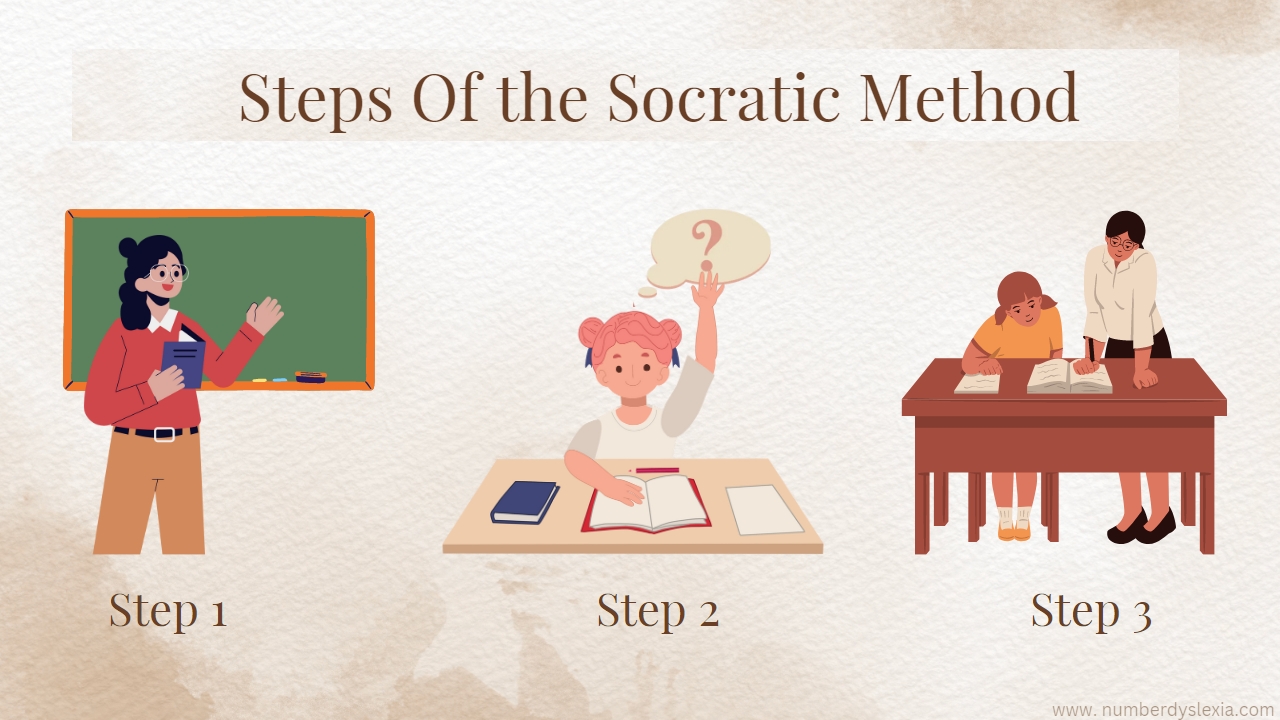
For centuries, to improve the learning outcomes of students, teachers have been implementing different teaching methods. There are various modus operandi teachers use to facilitate discussions and learning in a classroom. These experiments and the incorporation of various methodologies have enhanced the learning experience for students. One such philosophy educator must consider is the Socratic method, that can be implemented in the classroom to ensure students participation in the learning process.
The Socratic Method
The Socratic method is defined by Mariam Webster dictionary as: “the method of inquiry and instruction employed by Socrates especially as represented in the dialogues of Plato and consisting of a series of questionings the object of which is to elicit a clear and consistent expression of something supposed to be implicitly known by all rational beings”.
What is the Socratic Method?
The Socratic method was originally developed by the famous Greek philosopher Socrates, who stated “is better used to demonstrate complexity, difficulty, and uncertainty than to elicit facts about the world.”
This method is based on the principle of productive dialogue between teacher and students to enhance their knowledge of a subject or topic and not by just asking questions to the students. Both the parties are active participants in a dialogue that takes its own direction, dialogues are not a test of knowledge instead to shape the student’s views and opinions which are open-ended with no a predetermined goal.
Read on to understand how the Socratic method can be implemented in classrooms.
Give Time to Prepare
There’s truly no way to be prepared fully given the nature of the Socratic method. Inform your students in advance about the discussion that you are planning to organize so that students can prepare by completing all readings for every class. This will enable students to express their points in an intelligible way.
Present Briefs and Evidence
Encourage students to prepare briefs and notes for all cases, based on their research, in this way, they will be able to use those notes while answering the questions put forth by you. Students can prepare briefs including writing short summaries for each bullet and using coloured-coded highlighters to identify the components and support their arguments they are forwarding while answering the questions.
Divide into Groups
To facilitate learning through the Socratic method, divide the students into different groups. A group of students will be able to listen to the points put forth by the opponent group and accordingly bring their critical and analytical counterpoints to the front.
Formulate Creative Questions
To evoke interest and creative thought among students asking questions plays an important role in keeping a dialogue. Prepare some open-ended questions to spark a productive discussion in the classroom. Students are bound to think beyond a description of what they read or learned and explore more of why the topic matters or relates; this will increase the efficiency of the Socratic method in a classroom.
Now that you may have understood how to implement the Socratic method, let’s look at its benefits.


Today, the Socratic method is widely used in higher education such as medical and legal education to help students tap into more difficult concepts and principles.